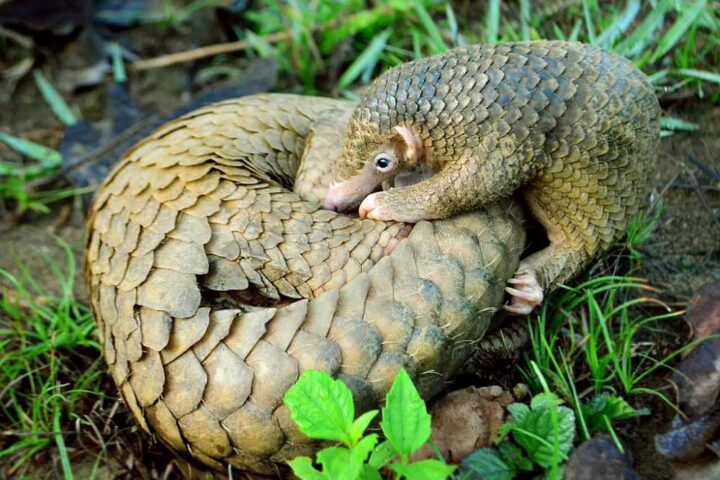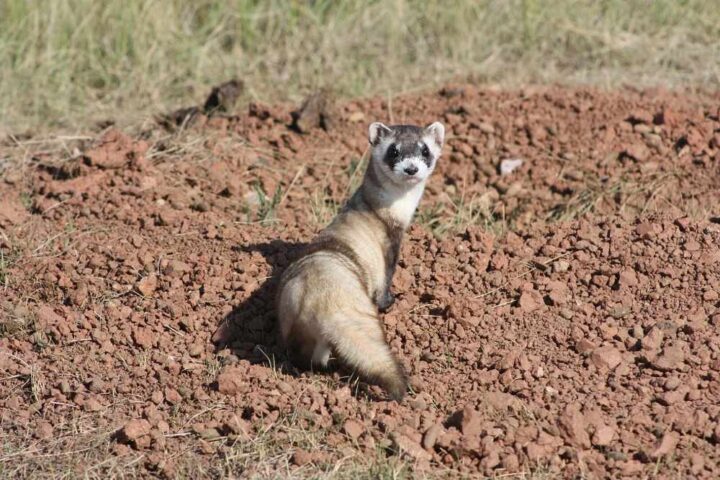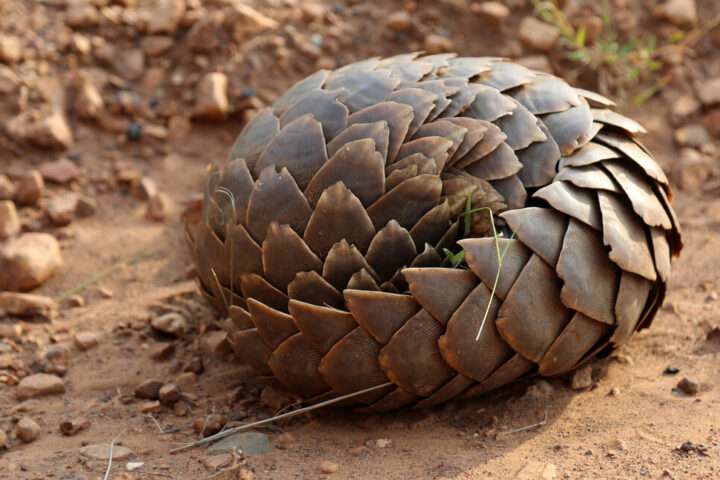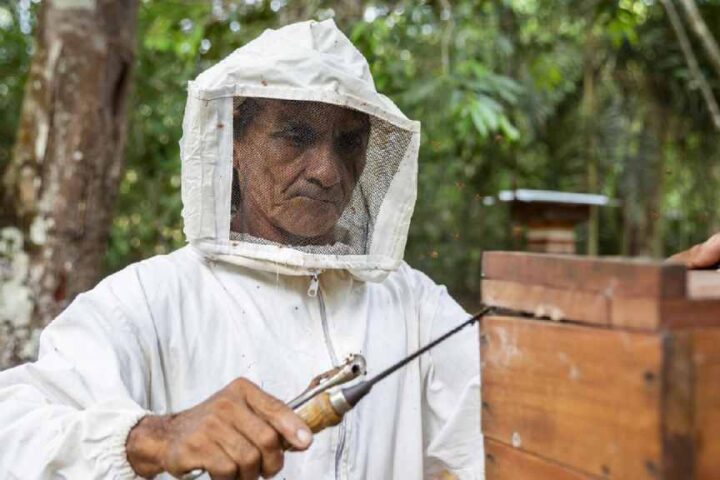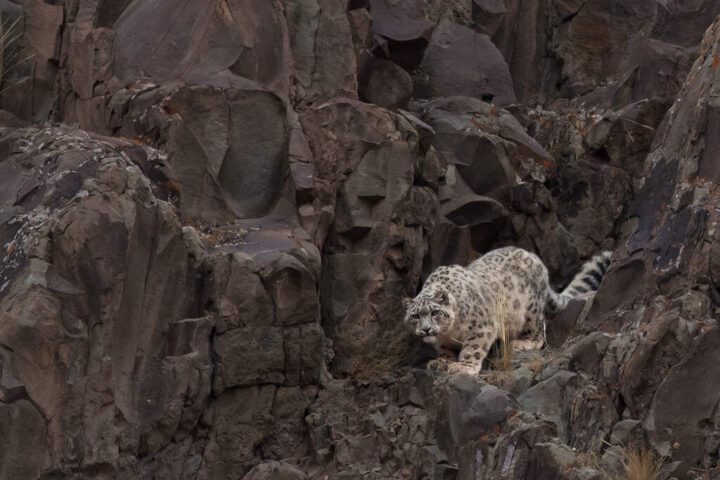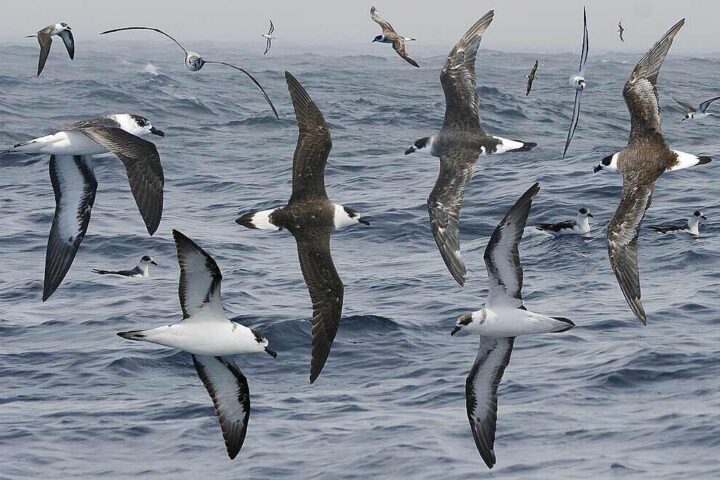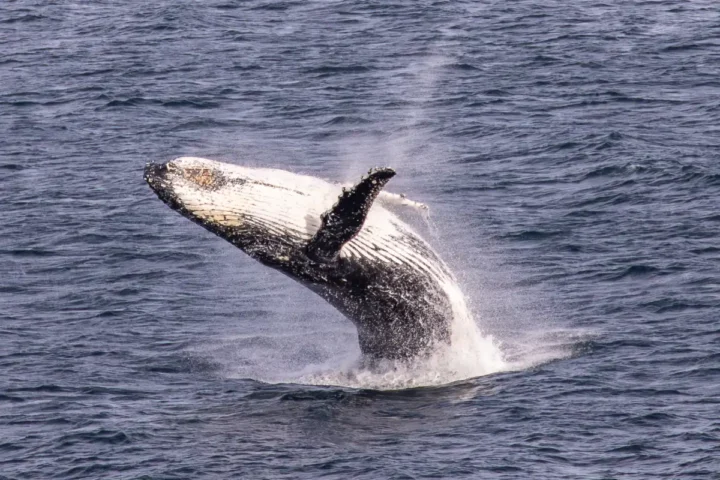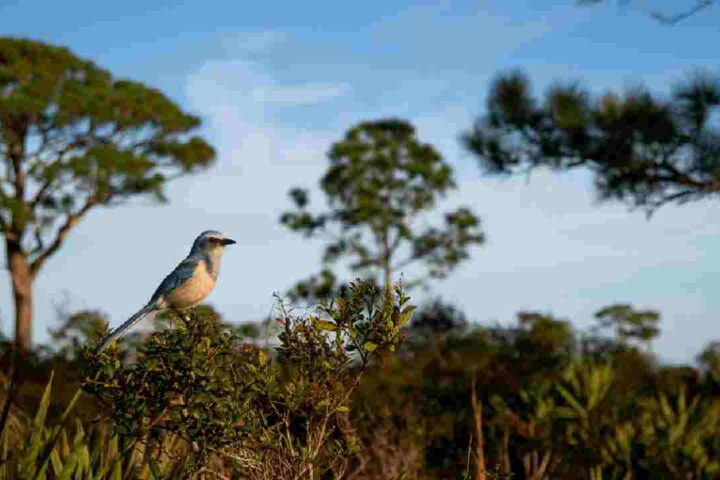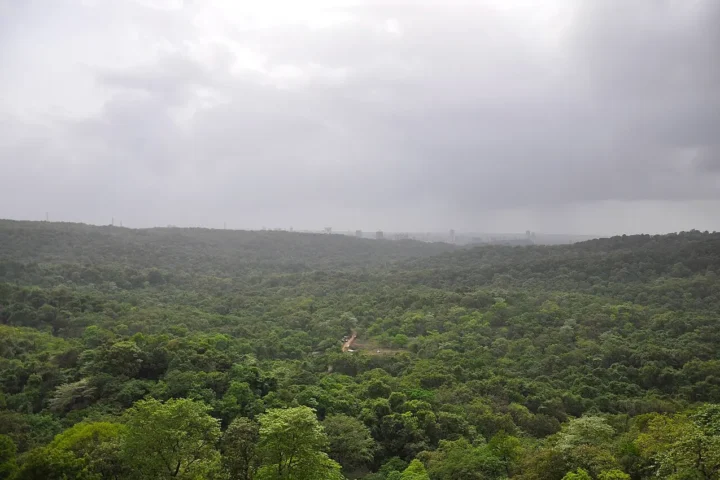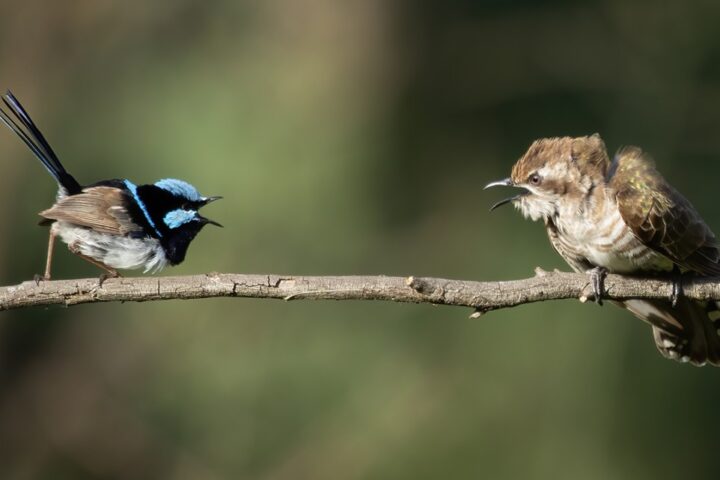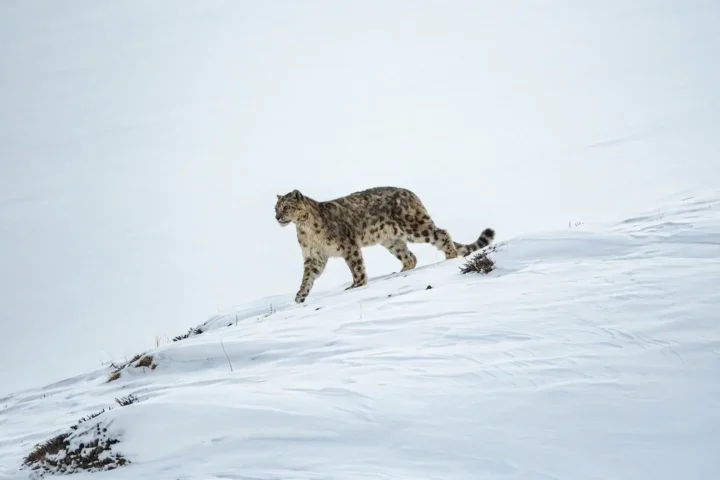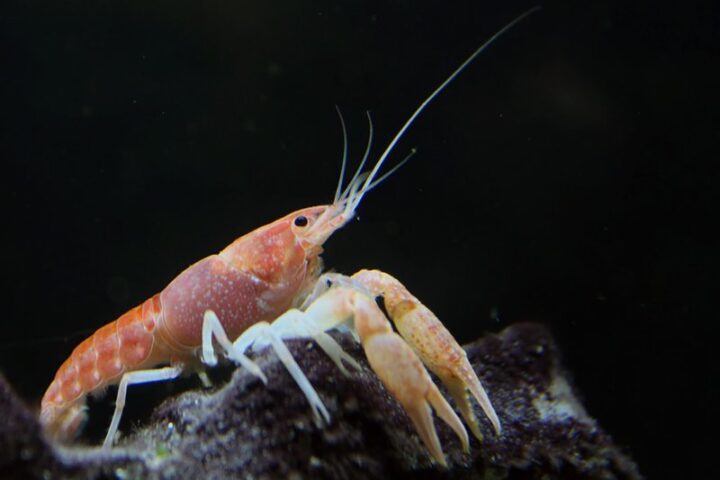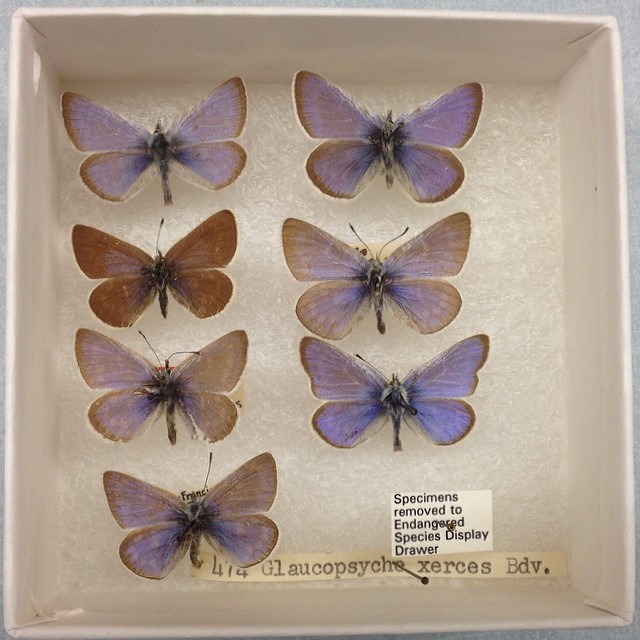
The Xerces Blue Butterfly: America’s First Human-Caused Insect Extinction
How genetic research confirmed a century-old loss—and how scientists are attempting ecological resurrection through a close relative
The Xerces blue butterfly extinction marks the first documented case of an American insect species driven to extinction directly by human activities. Last seen in the early 1940s in San Francisco’s coastal sand dunes, the butterfly’s disappearance followed rapid urban development that destroyed its native habitat. In 2021, scientists at the Field Museum analyzed DNA from a 93-year-old preserved specimen, definitively proving the Xerces blue was a distinct species. Now, researchers are attempting what they call “resurrection ecology”—reintroducing a closely related butterfly to fill the ecological void left behind.
The Numbers Behind the Story
The Xerces blue (Glaucopsyche xerces) was native exclusively to the San Francisco Peninsula sand dunes. Males displayed iridescent blue wings while females were brown. Both fed on deerweed plants (Acmispon glaber) in their coastal dune habitat. The butterfly was first scientifically described in 1852, less than a century before its extinction. Entomologist W. Harry Lange collected the last known specimens on March 23, 1941, near the Presidio’s Lobos Creek dune.
Urban expansion following the Gold Rush led to widespread destruction of San Francisco’s sand dune ecosystems. Housing developments replaced the native habitat, eliminating the deerweed plants essential for the butterfly’s larval stage. The Xerces blue became a symbol of habitat loss and the first butterfly in North America confirmed extinct due to human activities.
Timeline: Discovery, Extinction, and Resurrection
From its first scientific documentation to modern restoration efforts, the Xerces blue’s story spans more than 170 years. Click through the key milestones below.
Discovery & Description
The Xerces blue butterfly was first identified and scientifically described. Named for its iridescent blue wings (in males), the species was found exclusively in San Francisco Peninsula sand dunes. The butterflies fed on deerweed (Acmispon glaber) and were notable for their wing pattern variation.
Final Collection & Extinction
Entomologist W. Harry Lange collected the last known Xerces blue specimens on March 23, 1941, at Lobos Creek in the Presidio. Urban development had destroyed nearly all sand dune habitat. The butterfly became the first documented North American insect extinction caused by human activity. Specimens were preserved at the Field Museum, California Academy of Sciences, and other institutions.
DNA Confirmation
Scientists at the Field Museum extracted and analyzed DNA from a 93-year-old specimen collected in 1928. Published in Biology Letters, the research definitively proved the Xerces blue was a distinct species, not an isolated population of the silvery blue. Entomologist Corrie Moreau described the process as assembling a complicated jigsaw puzzle from degraded genetic material.
Restoration Project Begins
After 30 years of habitat restoration by the Presidio Trust, scientists from the California Academy of Sciences released 69 silvery blue butterflies from Monterey County. The silvery blue fills the same ecological role as pollinator and food source. Unmarked butterflies observed later in 2024 suggest successful breeding in the restored dunes.
🧬 Genetic Evidence: What the DNA Revealed
The 2021 genetic analysis settled decades of scientific debate. Some researchers had questioned whether the Xerces blue was truly a separate species or merely an isolated population of the widespread silvery blue butterfly. The two species share many physical traits, which led to confusion about their relationship.
Extracting usable DNA from an 80-to-100-year-old insect specimen presented significant challenges. DNA degrades over time, requiring researchers to compare fragments from multiple cells to reconstruct the genome. Felix Grewe, lead author of the Field Museum study, described it as nerve-wracking work with historical specimens.
A subsequent 2024 study published in eLife sequenced complete genomes from multiple Xerces blue specimens. This research revealed that the Xerces blue and silvery blue split into distinct species at least 850,000 years ago. The Xerces blue showed low genetic diversity and accumulated harmful mutations—genomic signatures of a population that had been declining for approximately 75,000 years, starting during the last ice age.
Extinct Species vs. Ecological Replacement
Rather than attempting expensive de-extinction through cloning and gene editing, scientists chose “resurrection ecology.” This approach introduces a closely related species that can perform the same ecological functions as the extinct butterfly.
Xerces Blue (Extinct)
Location: San Francisco Peninsula only
Habitat: Coastal sand dunes
Food source: Deerweed (Acmispon glaber)
Last seen: March 23, 1941
Extinction cause: Habitat loss from urbanization
Silvery Blue (Replacement)
Location: Alaska to Baja California
Habitat: Sand dunes, diverse coastal areas
Food source: Deerweed (Acmispon glaber)
Status: Widespread and stable
Role: Pollinator and ecosystem restoration
The silvery blue from Monterey County was selected because it thrives in similar fog-influenced coastal dune environments and feeds on the same deerweed plants. Academy scientist Durrell Kapan led the collection and release efforts. The butterflies were transported in coolers and fed fruit juice before release into the restored Presidio dunes.
Restoration: Returning Life to the Dunes
When the Presidio army base closed in the 1990s, the Presidio Trust began restoring the sand dune ecosystem. Crews removed invasive eucalyptus trees, trucked in sand, planted native species, and protected the area from human disturbance. The restoration took 30 years before the habitat could support butterflies again.
Lew Stringer, Associate Director of Natural Resources at Presidio Trust, worked on restoring approximately 80 species of native San Francisco dune plants. In spring 2024, researchers released the first cohort of silvery blue butterflies. The appearance of unmarked butterflies later that year—born in the Presidio rather than brought from Monterey—indicated successful breeding.
The project represents what ecologist Robert Michael Pyle called “resurrection ecology” in a 2000 essay. Rather than pursuing de-extinction, the approach focuses on restoring ecological function by introducing a species adapted to fill the same role. If successive generations establish themselves, the silvery blues may eventually evolve traits suited specifically to the Presidio environment over time.
📚 Research Sources & Further Reading
The Xerces blue butterfly story was discussed across multiple research efforts spanning from 1852 to 2024. The DNA studies were published by teams at the Field Museum, Cornell University, and international collaborators. The restoration project was conducted by the California Academy of Sciences and Presidio Trust. The supplementary materials covered the butterfly’s initial discovery, extinction timeline, genetic research findings, and current restoration attempts using silvery blue butterflies as ecological replacements.



